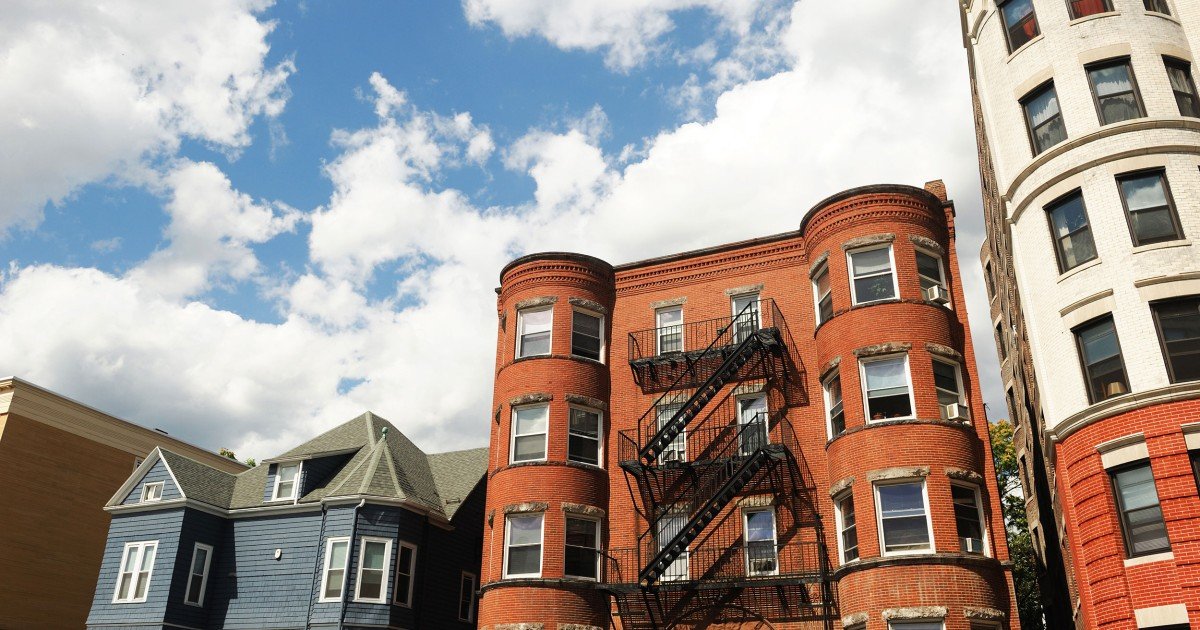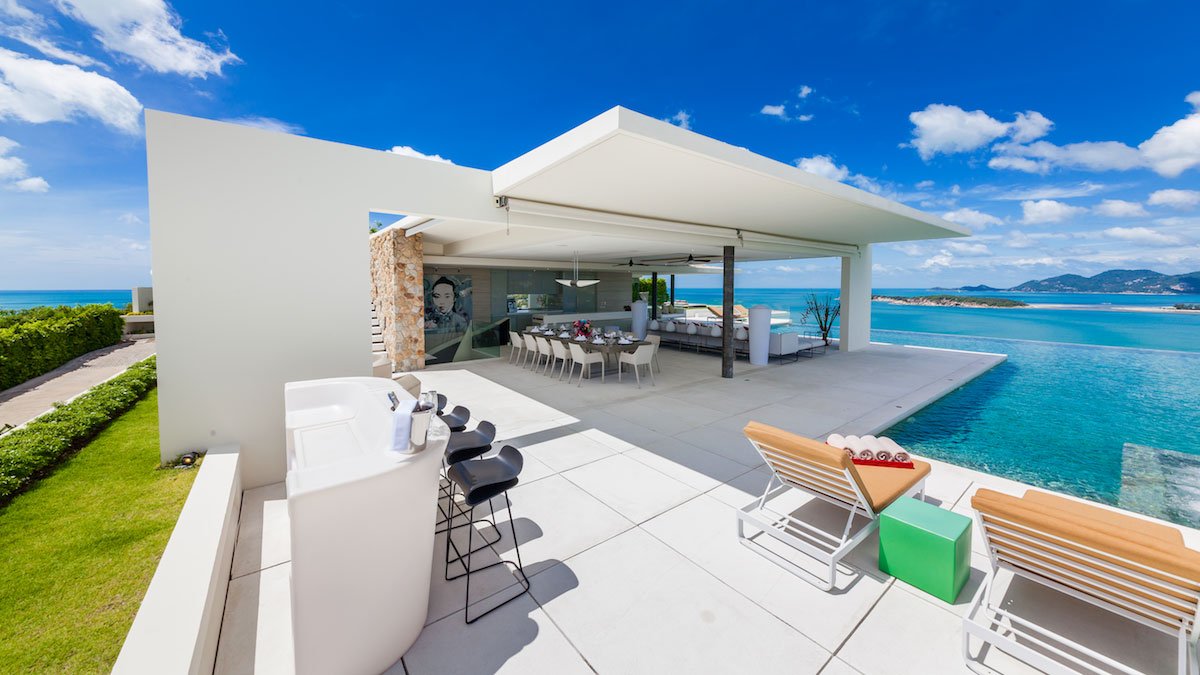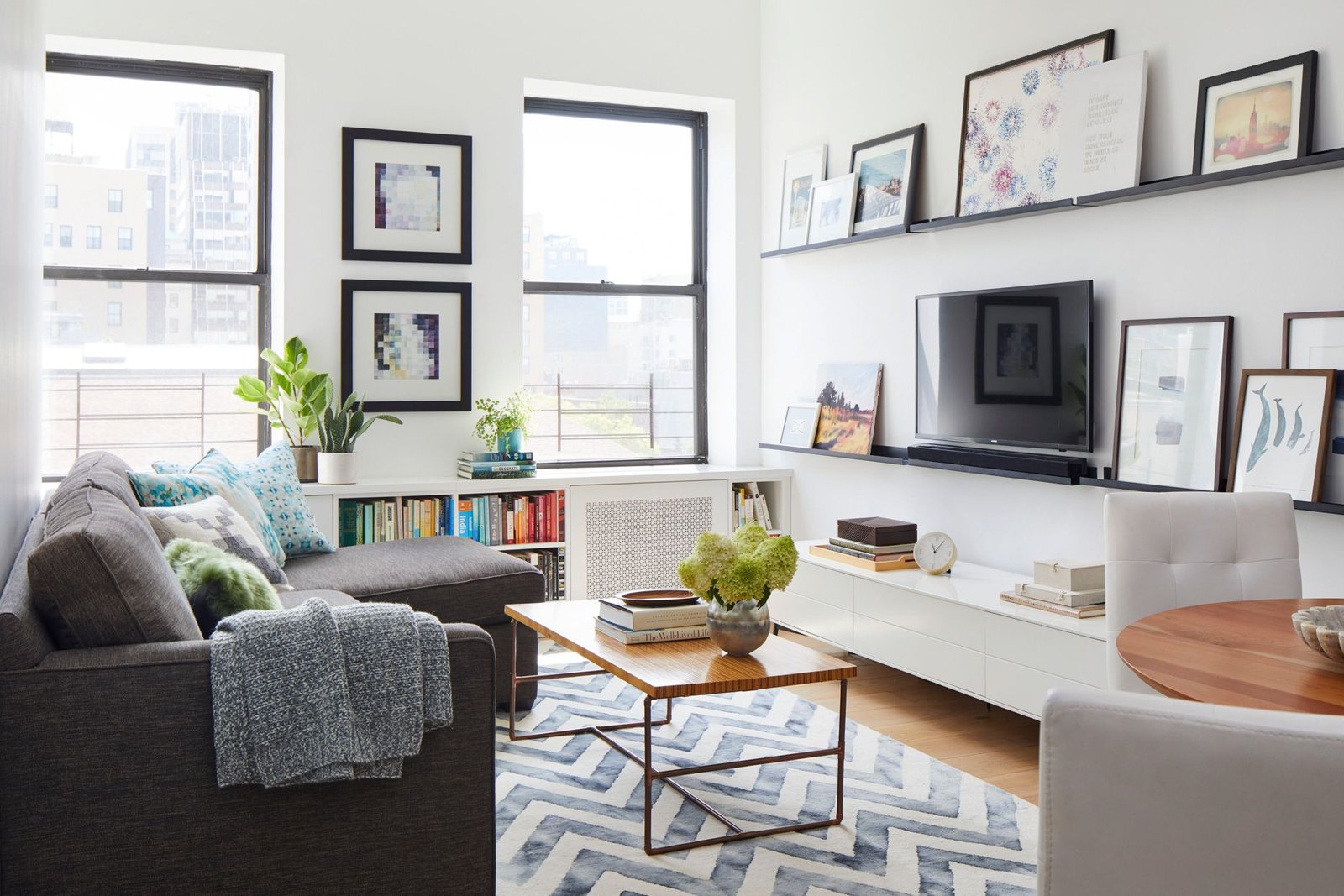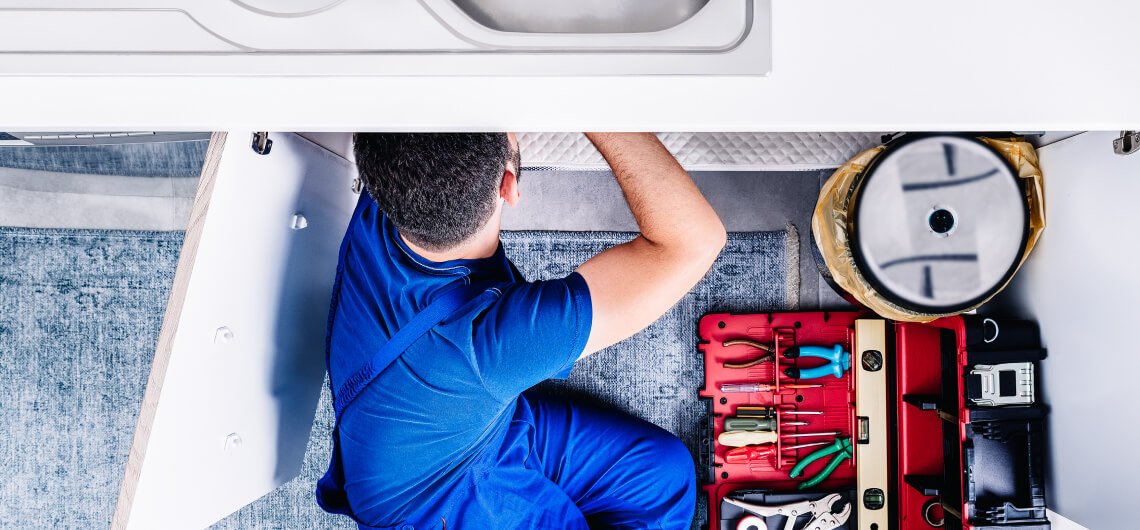Living in an energy-efficient apartment not only helps the environment but also reduces utility costs. Whether you’re renting or own your apartment, here are some practical tips to make your living space more energy-efficient:
1. Appliances and Electronics
- Choose Energy Star Appliances: When buying or replacing appliances like refrigerators, washing machines, and dishwashers, opt for Energy Star certified models. They consume less energy and can significantly reduce your electricity bills.
- Unplug Electronics When Not in Use: Many electronics continue to draw power even when turned off (known as standby power). Unplug devices or use smart power strips to cut off power completely when not in use.
2. Lighting
- Switch to LED Bulbs: LED bulbs use less energy and last longer than traditional incandescent bulbs. Replace old bulbs with LEDs throughout your apartment to save on lighting costs.
- Use Natural Light: Make use of natural daylight during the day by opening curtains or blinds. This reduces the need for artificial lighting and helps save energy.
3. Heating and Cooling
- Set Thermostat Wisely: During winter, set your thermostat lower when you’re asleep or away from home. In summer, raise the thermostat setting. Use a programmable thermostat to automatically adjust temperatures for energy savings.
- Seal Air Leaks: Inspect windows, doors, and ducts for air leaks. Seal gaps with weather stripping or caulking to prevent hot or cold air from escaping, reducing the workload on your HVAC system.
4. Water Conservation
- Install Water-Saving Fixtures: Replace old showerheads and faucets with low-flow models to reduce water usage. This not only saves water but also reduces the energy needed to heat water.
- Fix Leaks Promptly: Check for and repair any leaks in faucets, toilets, or pipes. Even small leaks can waste a significant amount of water and increase utility bills.
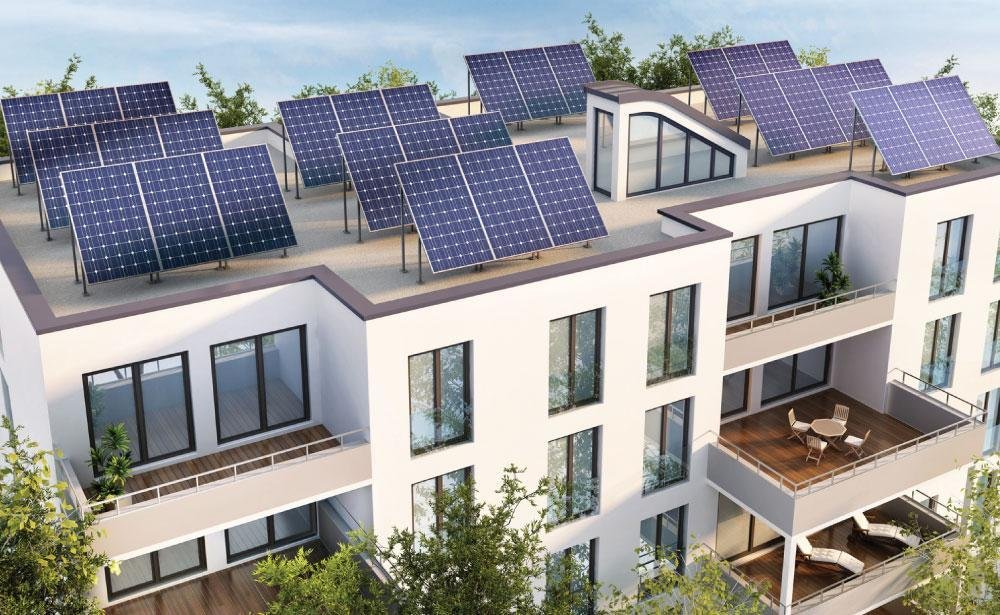
5. Insulation and Windows
- Improve Insulation: Proper insulation in walls, floors, and attics helps maintain a consistent indoor temperature. This reduces the need for heating and cooling, leading to energy savings.
- Upgrade Windows: If possible, upgrade to energy-efficient windows with double or triple panes and insulated frames. They improve insulation and reduce heat transfer, enhancing energy efficiency.
6. Energy-Efficient Habits
- Use Energy-Saving Settings: Use energy-saving settings on appliances and electronics, such as the energy-saving mode on computers and laptops.
- Dry Clothes Efficiently: Use a clothesline or drying rack instead of a dryer when possible. When using a dryer, clean the lint trap after every load for optimal efficiency.
7. Renewable Energy Options
- Community Solar Programs: Some apartments participate in community solar programs. These allow residents to subscribe to solar energy produced off-site, reducing reliance on fossil fuels.
- Green Energy Providers: Check if your utility offers green energy options. Switching to renewable energy sources can further reduce your carbon footprint.
8. Educate Yourself and Others
- Energy Audits: Consider requesting an energy audit from your utility company or a professional. They can identify areas where you can improve energy efficiency in your apartment.
- Educate Roommates or Family: Share energy-saving tips with roommates or family members to encourage everyone to contribute to reducing energy consumption.
By implementing these energy-efficient practices in your apartment, you can lower utility bills, reduce your environmental impact, and create a more comfortable living environment. Start with simple changes and gradually incorporate more energy-saving strategies to maximize efficiency and savings.







